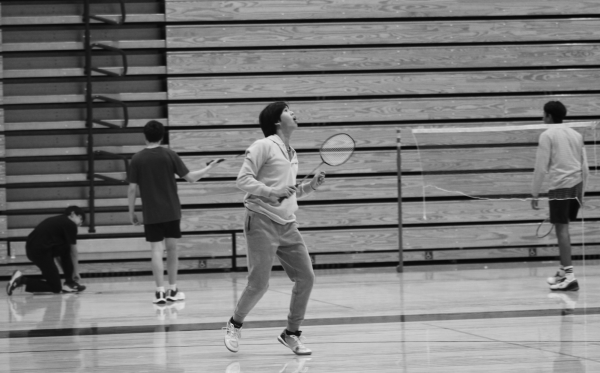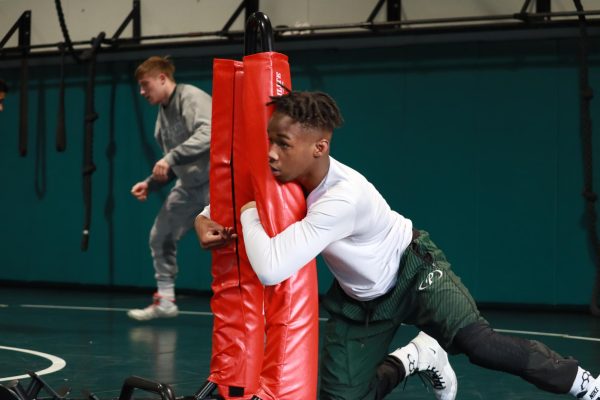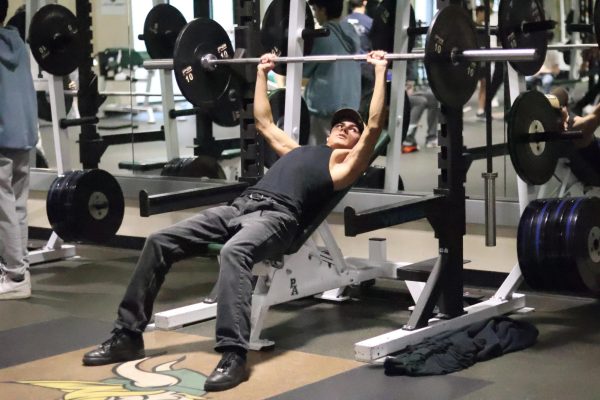What do we do now?
When the Olympics come to a close, cities are faced with a dillema: how to utilize their billion-dollar facilities
Hosting the Olympics is a huge honor for any city and once assigned, the city spend years preparing for the historic games. By the time the games come around, people from all over the globe crowd into enormous venues to witness the top athletes of the world compete. However, after the closing ceremony, spectators and athletes return home, abandoning these gorgeous venues and leaving it up to city officials to determine what purpose the venues should serve from then on out.
Beijing National Stadium, the location of the 2008 Summer Olympics, was built mainly for the purpose of hosting the event. The venue cost $428 million to construct and plans on the location of the arena were set as early as 2001 when China placed a bid for the 2008 Olympic games. During the Olympics, The Beijing National Stadium hosted the opening and closing ceremonies, athletic events and the football final. Today, the stadium does not get much use outside of tourism, which does draw 20,000 to 30,000 people a day. Aside from hosting a few soccer games and concerts, the stadium has gotten almost no use and it costs $9 million to maintain a year. Due to the lack of use, the paint has already started to chip in some areas.
Olympic Park in Salt Lake City, Utah was one of the many venues built to host the 2002 Winter Olympics. Plans for this venue were announced in 1990 with Salt Lake City bidding to host either the 1998 or 2002 Winter Olympics. Once it was announced Salt Lake City did not win the bid for the 1998 Olympics, construction slowed and it was finished in late 1992. When it was announced the city won the bid for the 2002 Olympics, transformations began in the summer of 1998.
Today the park serves as a training location for Olympic athletes and a recreational monument in the state.
Los Angeles Memorial Coliseum, hosted both the 1932 and 1984 Olympics. After the 1932 Olympics, the Coliseum got a lot of use with Los Angeles Rams making it their home from 1946 to 1960. The Los Angeles Dodgers used it as their home ballpark from 1958 to 1962 until the Dodger Stadium was built. The Raiders also used it from 1982 to 1995. Today its main use is for University of Southern California football games. Aside from that, the Coliseum has hosted the LA Rising festival and Stadium Super Trucks.
Sarajevo, Yugoslavia hosted the 1984 Winter Olympics. One extreme condition of a former Olympic venue can be found by examining the current state of the bobsled track. During the Bosnian War from 1992 to 1995, the track was severely tarnished, especially during the Siege of Sarajevo where it was used as a makeshift field artillery.
Almost all of the venues were damaged during the war, with the Women’s Alpine Ski area being the only unaffected area out of all previous Olympic venues.
It remains to be seen what will become of the venues in Sochi, Russia. There are plans to have the media center transformed into a mall, but there is speculation that Sochi could become the next ghost city in the long line of abandoned Olympic venues.
Your donation will support the student journalists of Palo Alto High School's newspaper











